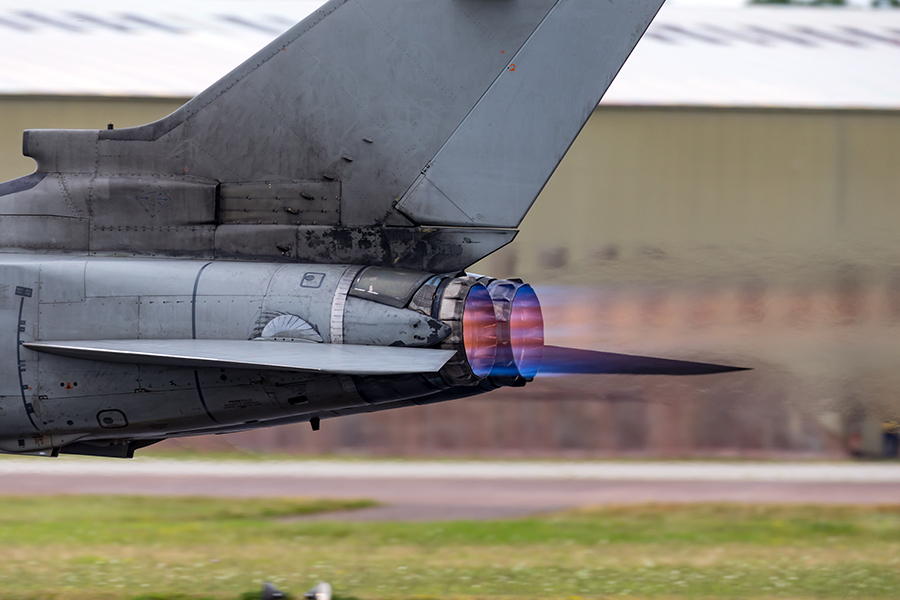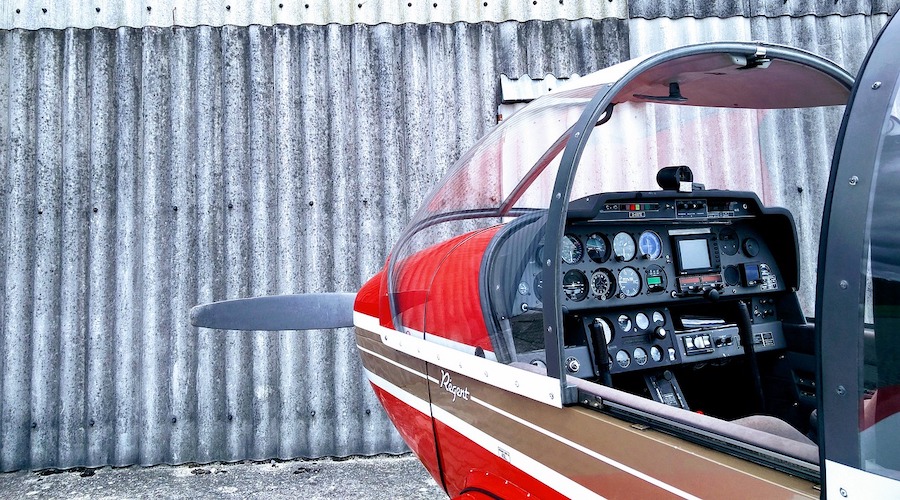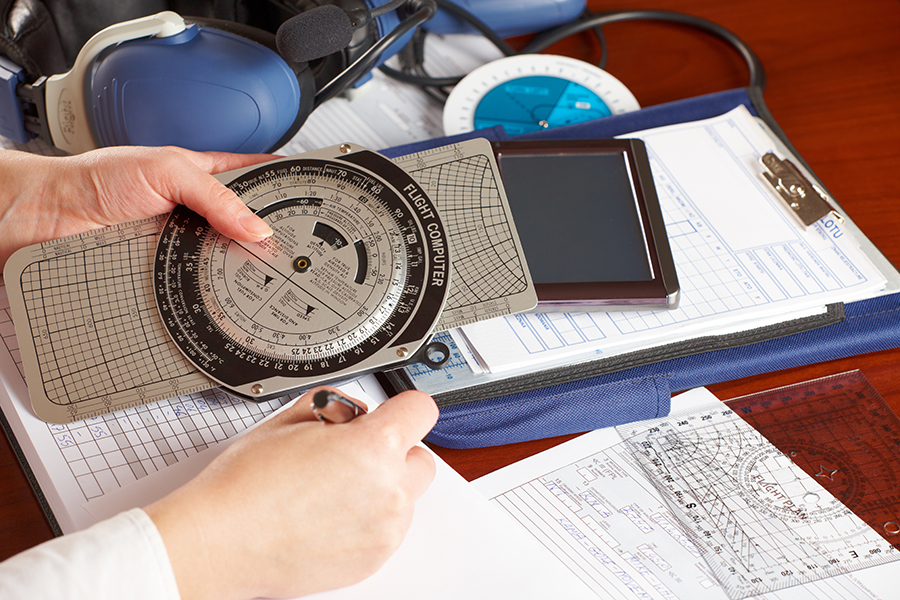-
Banner Towing
- Airplane News Update
-
Aircraft Ferry Pilot
-
Skydive Jump Pilot and Glider Towing Pilot
-
Flying Privately Owned Aircraft
-
Aerial Tour Pilot
-
Traffic Watch Pilot
-
Pipeline and Powerline Patrol Pilot
-
Aerial Surveying and Mapping
-
Aerial Photography
-
Certified Flight Instructor
-
Your Chances of Getting a Job
-
So What Should You do Now?
Many pilots assume that when they get a Commercial Pilot’s License (CPL) they will immediately be able to get a flying job. After all, it is now legal for you to be paid to fly, isn’t it? Perhaps you just want to build hours towards an ATPL. Or maybe you simply want to work as a pilot, and assume that you will now be able to do it. I certainly felt this way when I got my CPL. So is this correct?
No, unfortunately it is not. Most pilot jobs require an ATPL, or at least flying hours well into four figures. Instructing, which is one of the most common ways to build hours, requires further qualifications. In fact, there are not that many jobs which you can get with only a CPL.
So is this idea a complete non-starter? Well, possibly not. There are jobs you are able to undertake with a CPL, and in fact the FAA lists all of them. They include tasks like crop dusting and other agricultural flying, pipeline patrol, banner towing, air charter, sightseeing and ferry flights, aerial photography, traffic watch, and other similar careers.
In fact, there are quite a lot of possible careers for the low time pilot. So let us take a look at the details of some of the low hours pilot jobs which may be available.
Banner Towing
Most banner towing aircraft are single engine planes that have capture hooks to pick up banners, and also release mechanisms to drop the banner at the end of the flight. Picking up the banner at the beginning of the flight and dropping it at the end is an art, and one which you will have to learn.
Also, since the aim of banner towing is to have people on the ground see and understand the advertising message, banners are usually towed at a slower speed than normal cruising speed. So some special skills are required for this job, but it is a good way to build basic flying time while earning an income.
However, do bear in mind that the pay for a banner towing pilot is not that high. Most banner towing pilots earn between $15 and $50 per hour. But the problem is that most agencies know that low hours pilots want to build time, and they will often pay as little as possible. In addition, banner towing can be an additional job for pilots working as flight instructors or doing sight-seeing flights. So it can be quite competitive.
But for pilots who enjoy low, slow flying, this could be quite a good job.
Aircraft Ferry Pilot
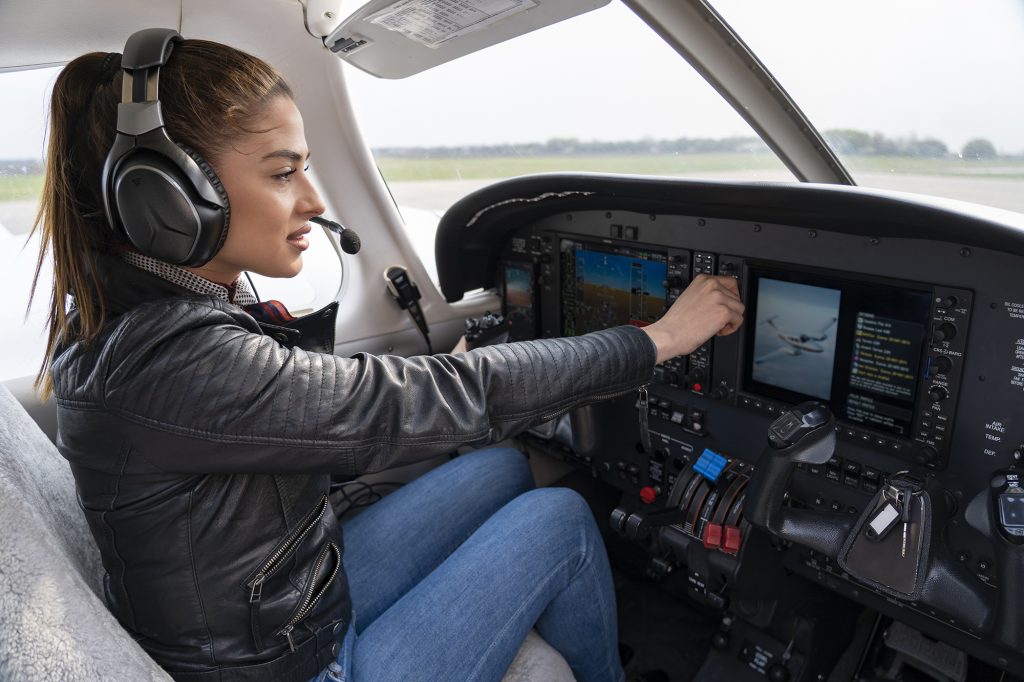
Ferry pilots move airplanes or helicopters on behalf of owners or operators. Sometimes the owner is new to flying or to that particular plane, and does not have the experience needed to get the aircraft home themselves.
Some ferry pilot jobs are available to new pilots. But sometimes these jobs can be complicated, and involve flying in remote areas or over large expanses of water or forest, for instance. These are more suited to experienced pilots who have done this sort of flying before .
Aircraft ferrying usually pays per job, and is frequently very short term, but there are exceptions to this.
Skydive Jump Pilot and Glider Towing Pilot
Glider towing is one of the few jobs which can be done with a PPL, so you may well find that most of these jobs are filled, and that it is hard to get one which pays. But skydiving is a different matter, and this is a suitable job for a low hours pilot.
Skydiving work tends to be seasonal, and it is helpful to have done some skydiving yourself, but it is not absolutely essential. Skydive pilots are usually paid per load carried and can build many hours of flight time quickly during the jump seasons.
Multi-engine time can be useful for this work, depending of course on the aircraft type used. Typically, pilots are paid $15.00 to $20.00 per load, which doesn’t sound like that much, but a busy jump center can run two loads per hour in popular periods.
Flying Privately Owned Aircraft

Everyone thinks that this would be the perfect career! But whether you can get a job doing this is as much down to luck and who you know as to your flying ability in many instances. I occasionally managed to get short term work flying aircraft for private owners, but nothing which lasted any length of time, partly because competition for this type of work is quite intense. But it is said that there are quite a lot of job opportunities out there, so keep looking for the relevant ads, and you may get lucky!
Aerial Tour Pilot
Aerial tour pilots fly sightseeing passengers over scenic areas. Tour flying is often seasonal with pilots usually being paid either a salary or hourly per flight hour. If you are interested in a job like this, look for companies located around beaches, or scan ads in scenic areas like the Grand Canyon. These jobs do exist!
Traffic Watch Pilot
Traffic watch pilots usually work for television stations, radio stations, or traffic reporting companies. These positions are usually available in larger cities, so look for ads in these sort of areas. Traffic watch pilots usually work swing shifts to cover normal traffic rush hour times.
Traffic watch is more commonly done with helicopters though some fixed wing positions are available. The position is usually paid hourly. It is not that difficult, and involves regular work which can be quite enjoyable.
Pipeline and Powerline Patrol Pilot
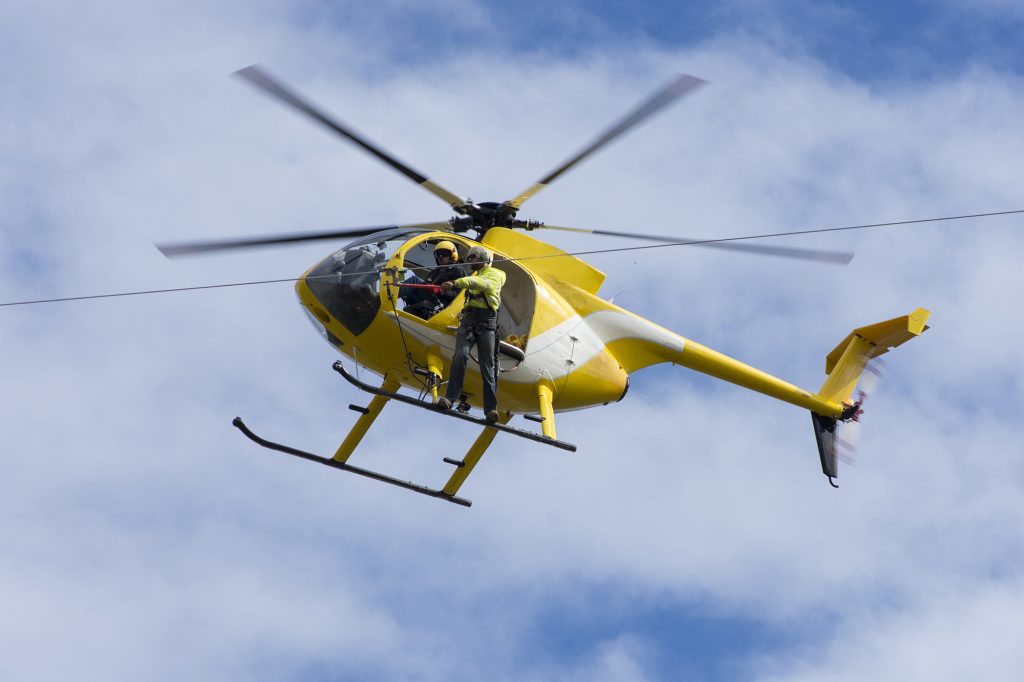
Pipeline and Powerline patrol pilots fly low level across the country to monitor the condition of the gas or electric infrastructure. The federal government requires the lines to be inspected on a recurring basis, so this can provide a good regular income if you can get the work. You will be looking for damage or leaks, or to find the cause of reported outages. You may be flying over rugged, undeveloped terrain, with not a lot of scope for emergency landings.
Pilots are often hired by contractors rather than directly by the energy companies. They frequently get paid per mile patrolled, so there can be financial pressure to get the job done. But it is fulltime work, so pipeline and powerline patrol pilots can usually build flight experience quite quickly compared to other entry level jobs. Pipeline patrol pilots are said to earn between $23 and $50 per hour with a median hourly rate of $40.
Aerial Surveying and Mapping
Aerial surveying is a method of collecting images of specified areas using aircraft. Surveys may be conducted for many reasons, including environmental studies, projected pipeline routes, or archeological studies. Typically cameras or other sensors are mounted in or on the aircraft. Sometimes specialized equipment is used, and computer or technical skills would come in very useful. Pilots usually fly planned routes at specified altitudes to accomplish the objectives of the aerial survey, using single or multi-engined aircraft.
Survey pilots fly long flights, but the job can become a complete career if it is something you enjoy. One company claims that their pilots can expect to fly at least 400 hours per year. The average salary is about $40 per hour, although some of these jobs are salaried. .
Aerial Photography
Aerial photography jobs can involve carrying of professional photographers or the pilot taking pictures themselves. Obviously for the second of these some proven photography experience would be an advantage. Some aerial photography operations have planes specially outfitted with advanced camera gear.
Aerial photography is sometimes done as a part time job, with the company using its pilots for other work too. So if you take it up, be prepared to diversify if necessary.
Certified Flight Instructor

As mentioned earlier, many low hours pilots decide that becoming a CFI is the best way to earn a living and/or build hours towards an airline career. Despite the fact that you will now need to spend money and time getting a CFI qualification, there are a number of advantages to doing this. It is a reasonably well paid job, and flight instructors are almost always in demand. It is therefore a good way to get reliable full time work and also build hours quickly.
Instructing is a job that many people really enjoy. It can be very rewarding; after all, you are helping to train the next generation of pilots, and passing on your skills and enthusiasm for aviation to other people. What’s not to like?
However, do bear in mind that the CFI qualification is not easy. It also requires a substantial amount of ground school, and this could work out quite expensive. And you really need to be a ‘people person’, and enjoy relating to students at least as much as you enjoy flying. So think hard before you decide to go this route.
Your Chances of Getting a Job
It can be hard to get started in your first job after getting your CPL. Traditionally, it has been said that the opportunities for low time pilots are not good, with too many pilots chasing too few jobs. While this is true to a certain extent, it is not always the case. According to the Bureau of Labor Statistics, overall employment of airline and commercial pilots is projected to grow six per cent per year from 2018 to 2028. This means that the pilots now instructing, towing banners, flying aerial survey flights, and so on, are likely to be moving into airline jobs within the next two or three years. Consequently, there will be a constant demand for new pilots to take their places in jobs such as those described above.
Many of these jobs specify a certain number of hours in the ads, with 500 hours being common. But even if you don’t have the required number of hours, it is always worth applying. The hours requirement is often a preference set by the company, not a federal requirement, and the company could be prepared to be flexible. It never hurts to try, and to appear keen!
So What Should You do Now?
Once you have obtained your commercial certificate, and especially if you have an instructor rating, put together a brief resume of your time, ratings, types of aircraft flown, and any other relevant aviation experience. Then leave a resume at any airport where you would consider working, and check back regularly. Meanwhile, scan ads anywhere and everywhere, and apply for anything which might be suitable.
In the current market, where there is a high demand for professional pilots, jobs like those described above are opening continuously. If you persevere, you are likely to find something.
So good luck!


 @pilotinstituteairplanes
@pilotinstituteairplanes
